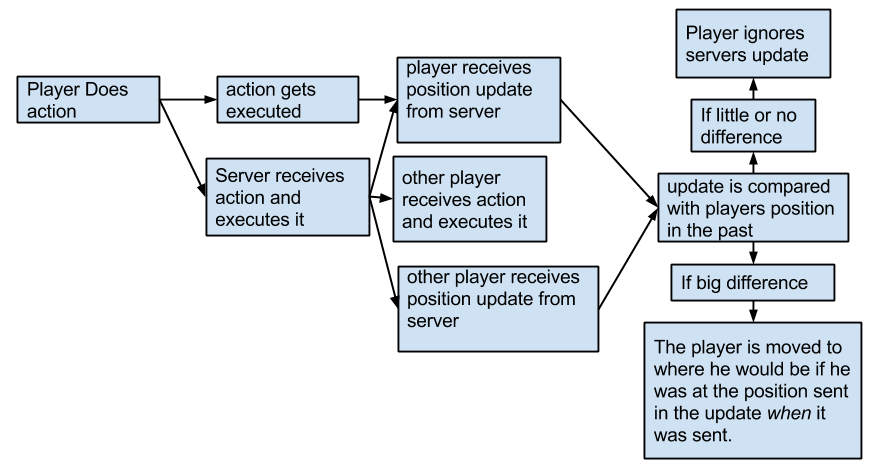The first step I took, was to try and create an algorithm that would take take a direction/torque as an input, and would accelerate the assembly in said direction/rotation. I figured once I had this, the rest would be relatively easy.
The current way the algorithm works is as follows:
- The force and torque vectors each engine will exert on the assembly are calculated and stored.
- These force/torque vectors are then grouped together to form 6 dimensional vectors, one for each engine.
- These vectors are then transferred into a matrix class as column vectors.
- An additional target column vector is added to the far right of the matrix, this is the "target acceleration" input vector.
- An algorithm puts the matrix into reduced row form using Gaussian elimination. (if you think of the matrix as a system of equations, it essentially solves for the unknowns)
- The last column vector in the matrix now has a list of values. Essentially these are the ratios of the engines to each other required to accelerate in the input vector's direction.
- These values are then scaled to create the maximum thrust possible and the enignes are turned on.
While the algorithm technically works, there are some flaws:
- It does not take into account the fact that engines cannot fire in reverse, so some of the output values can be negative depending on the input and the engines available. This results in engines firing backwards.
- This solution works for only 6 engines exactly, and usually only if their force/torque vectors are linearly independent (ie only one engine for each direction).
So far I have found a partial workaround for the second flaw. If the number of engines is fewer then 6, multiplying the target vector and the original matrix of force/torque values by the transpose of the original matrix creates a matrix with as many solutions as you have engines. This can then be solved to get ratio values that will fire the engines with a resultant force/torque as close as possible to the input target force/torque vector.
.png)